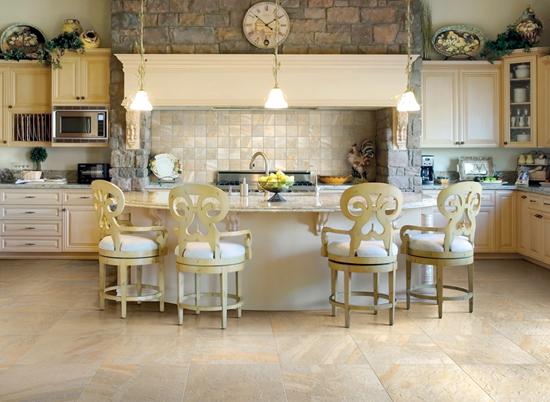Survey 2012: What the Retailers Think - July 2012
By Darius Helm
While there’s no question that the residential flooring market is still sluggish, today’s dealers are more dynamic and engaged than ever. They seem to understand their businesses better—they know their suppliers, customers and competitors, and they see beyond the day to day to the bigger picture. Most of the respondents to our survey are the owners of retail operations, and this year they had plenty to say. However, for every criticism and negative comment, there was a suggestion, an insight or a constructive idea.
Next month is the sixth anniversary of the turning of the residential housing market, which has led to the most protracted residential flooring slowdown in modern history. One of the elements that has made this slowdown worse has been the inexorable rise in prices. Fifty years ago, this sort of economic performance would have rippled all the way up the chain, knocking down prices along the way, but now we’re in a global economy, and demand in emerging markets like China, India, Russia and Brazil is pushing up prices of everything from crude oil to floorcoverings.
In the U.S., independent flooring retailers have been beset on all sides, with reduced customers on one end, price increases on the other, and big box competition squeezing in from the left and right. And over the last six years, thousands of smaller dealers have shut their doors or sold their operations.
The ones still standing haven’t survived just because of luck and location. They’ve been proactive, fighting for every customer—finding new ways to increase traffic to their stores, using all media to increase their visibility, broadening their offering, focusing on service, installation and even maintenance.
However, some flooring retailers are still “old school” both in terms of how they promote themselves and how they do the job of selling and installing flooring. For instance, in some regions of the country, a good 20% of retailers don’t have websites—and there’s no way that strategy is boosting their business.
One retailer commented, “Independent dealers need to embrace technology. Every dealer should throw out the ruler and paper and learn to use automated measure and estimating software—and use it during the sales process.”
WHO THEY ARE
This year’s surveyed dealers represent a very similar geographic spread to last year’s respondents. The biggest group is the Midwest, making up 35% of responses, and the smallest group is the East, at 17%—those are both the same as last year. The South accounts for another 27%, compared to 25% last year, and the balance, 21%, is from the West, which made up 23% of responses last year.
We asked retailers about the annual sales of their operations, and their responses featured some changes. Over the last few years, an increasing percentage of respondents have reported smaller sales, and that may be changing. This year, only 19% reported annual sales of less than $600,000, compared to 26% last year, 21% in 2010 and 9% in 2009. The bulk of the surveyed retailers, 70%, have annual sales of $2 million or less, and this follows the same curve—it was 75% in 2011, 71% in 2010 and 58% in 2009. So one possibility is that last year was the low point for annual sales and the industry may well be turning a corner, and the other possibility is that more of the small players have gone out of business or been consolidated.
This year, 12% reported sales over $5 million, compared to 10% last year and 14% in 2010 and 2009.
About 38% of the surveyed retailers pay their salespeople straight salaries and 22% pay straight commissions. The other 40% pay salary plus commission. That’s close to previous years—43% straight salaries last year, 45% in 2010 and 42% in 2009. However, there are some big regional differences. At one end of the spectrum are retailers from the East, with 51% paying straight salaries and only 8% straight commission, compared to retailers from the West, where 32% are straight salary and 31% straight commission.
About 18% of this year’s dealers have installers on staff, while 82% use independent contractors. In recent years, retailers in the Midwest and the South have leaned more heavily toward contractors than retailers in the East and West, and this year’s results reflects the same disparity, with 86% of retailers in the Midwest and the exact same percentage in the South using independent contractors, compared with only 76% in the East and, again, the same percentage in the West.
This year, 45% of surveyed dealers report being part of a retail group. That’s up slightly from last year but not to a significant degree. Regionally, 38% from the South and West are in retail groups, compared to 51% in the East and 52% in the Midwest.
Of the dealers that are members of groups, 90% report that they are very or somewhat satisfied, which is up from last year. Of those not affiliated, only 3% are considering joining a group.
For the complete Retailer Survey results, see the July 2012 issue of Floor Focus Magazine.
Copyright 2012 Floor Focus
Related Topics:Coverings
